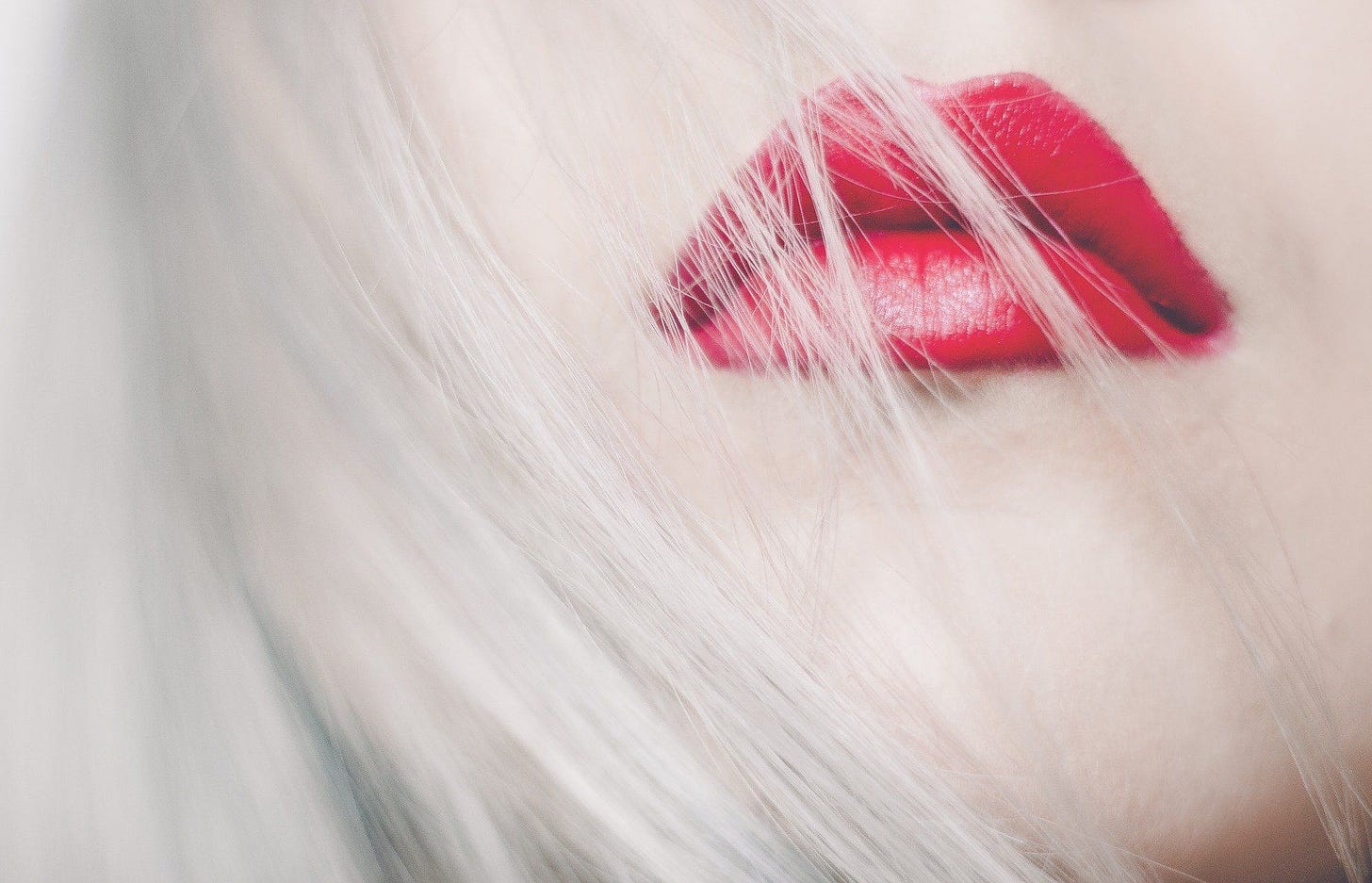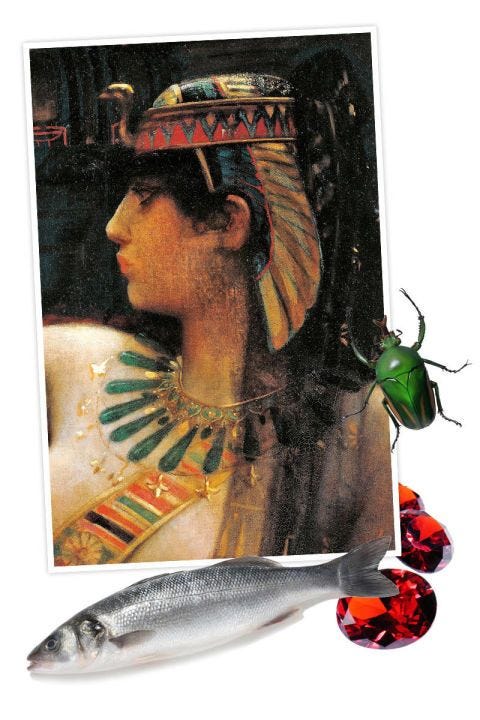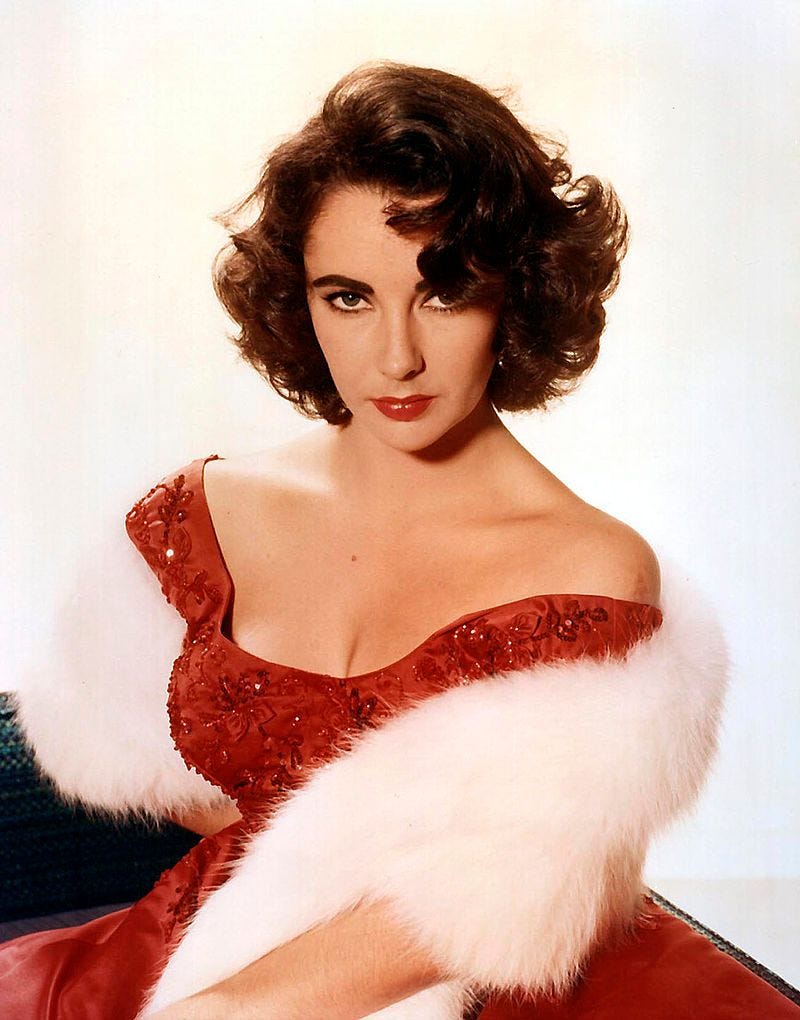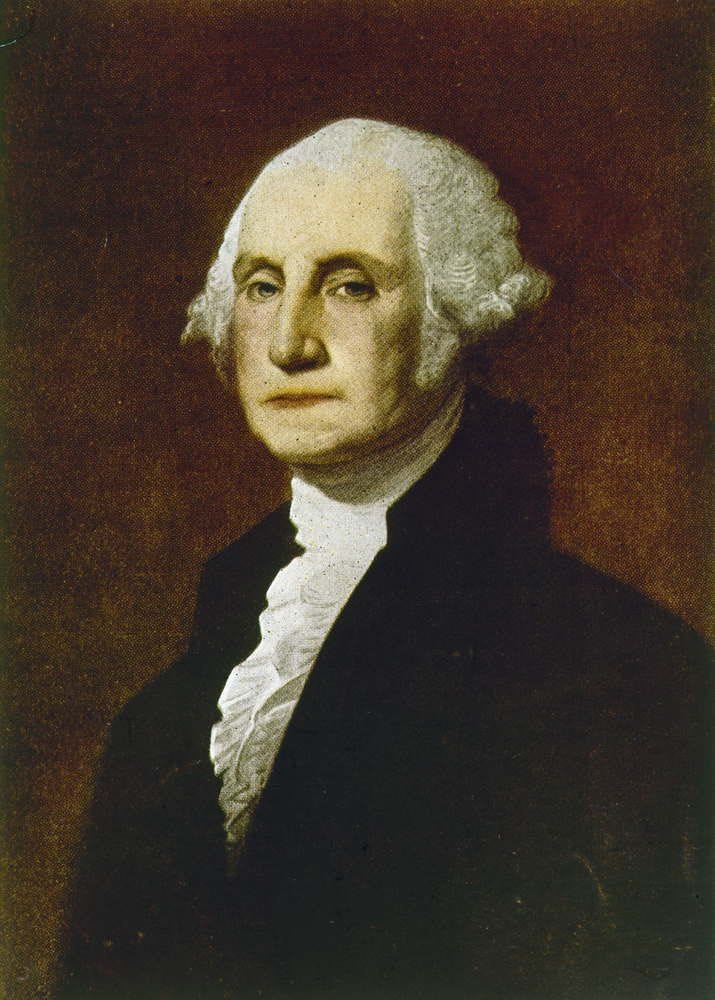History of Lipstick: Prostitution, Sexuality and its Popular Acceptance

Lipsticks of all colors are commonplace these days. No one cares when someone wears it on her. But not so long ago there was a time when wearing of lipstick signaled the wearer was a prostitute! In fact, in 1770, British law was proposed in the Parliament that would annul a marriage if the woman wore cosmetics – especially lipstick – before her wedding day. The British Parliament had had its rendezvous with lipsticks earlier in 1650 as well when a bill was proposed to ban the wearing of lipstick. Intriguingly, it didn’t pass.
In Greece, a woman who wore red lipstick was considered a prostitute. The linkage was so strong that if a prostitute “appeared in public either at the wrong hours or without their designated lip paint and other makeup could be punished for improperly posing as ladies”.
The phrase “Kiss of Death” came from the dangerous mixture of fucus-algin, iodine and bromine mannite which the Egyptian women used in their listicks. It was a highly toxic combination which often led to serious illnesses and also death.
History of Lipstick: Prostitution, Sexuality and its Popular Acceptance #lipstick Click To Tweet
In Mesopotamia, women and even men used crushed semi-precious stones to paint their lips. Cleopatra used the crushed beetles and ants to find the right scarlet shade for her lips!
In Europe, specially during the Dark Ages, the mores on lipsticks were largely controlled by the Church. And, the Church linked the lipstick to Satan worshippers and religious cults it didn’t like and so encouraged their prosecution. It was only with Queen Elizabeth 1 (1558-1603), that lipstick made a brief comeback in the popular parlance.
Around the end of the 19th century, Guerlain, a French cosmetic company, began to make lipstick on an industrial scale. The commercial lipstick was invented in 1884, by French perfumers who made it with deer tallow, castor oil, and beeswax covered with silk paper. Lipstick became popular in Europe around the 1920s.
Another way to color the lipstick was to use the Carmine dye which was extracted from cochineal – a type of scale insects native to Mexico and Central America. Cochineals use the carminic acid to warn off the predators. What serves as a threat to the predators in those insects became a means of attracting the opposite sex amongst women in the West. The first modern lipsticks in a metal tube were manufactured by Maurice Levy in 1915 in Waterbury, CT.
Btw, do you know the US President who often wore lipstick? Find out later in this post!
Surveys, popular sentiments and Lipsticks!
1937: The survey revealed that 50% of teenage girls fought with their parents over lipstick. (Mitchell, Claudia; Jacqueline Reid-Walsh (2007-12-30). Girl Culture: An Encyclopedia. Connecticut: Greenwood Publishing. pp. 396–397)
Mid-1940s: As late as the 1940s, wearing a lipstick in the US was still associated with prostitution. Teenage and young girls were discouraged and barred by their parents from wearing lipsticks lest they be viewed as “loose” women. (Forman-Brunell, Miriam (2001-06-01). Girlhood in America: An Encyclopedia. Santa Barbara, California: ABC-CLIO. p. 159)
1950s: With the use of red lipsticks by beauties of that era like Marilyn Monroe and Elizabeth Taylor, lipstick gained popular acceptance. In fact in a survey in 1951, over 60% of the teenage girls wore lipstick.
The Lipstick phrases
Lipstick is used in slangs and phrases to denote several things.
Lipstick on his collar: Denotes a man who is cheating on his partner.
Lipstick on a pig: Trying unsuccessfully to make something attractive despite its inherent bad quality.
Lipstick Lesbian: A Gay or bisexual woman who is the feminine partner.
Final Word – Lure of the Lipstick
Over the centuries and the many millennia, since the humans started painting their lips to attract others, with the attached moral meanings to such acts, we are now in a time and age where lipstick is as commonplace as clothes. It is just an accessory with no other reason other than to accentuate a woman’s (or man’s – in certain cases) looks. A woman fully expressing her femininity and beauty – with or without lipstick – is a welcome step forward. More importantly, it is her decision. Not a man’s. And linking lipstick to prostitution is as banal as saying a man with a hat is a gigolo!
Aah, and the US Prez who wore lipstick? George Washington! Who would have thunk?






